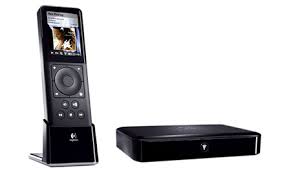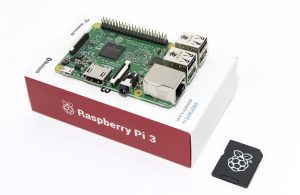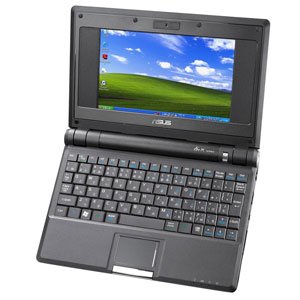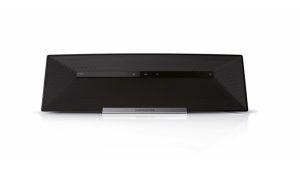
Medion Life P69055 (MD 83867)
A couple of years back, I bought a wifi-speaker which seemed to have everything for it. It sounds good, it looks good (reddot design award), easy to setup, what’s not to like? I bought this device as a replacement for my radio in my kitchen with idea that I still could listen to webradio but also could stream music using Spotify connect. Yeah, but then your device should be Spotify connect ready, isn’t it? True, there are wifi speakers out there that do not support Spotify connect. But this was not a real impuls buy, and I informed myself well about this device technical background and concluded that it supported Spotify connect. I was however greatly mislead.
The Medion Life P69055 (MD86867)
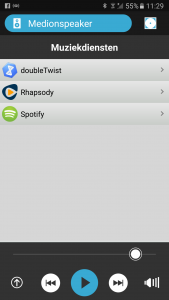
The Medion app even lists Spotify?!
The device I am talking about is the Medion Life P69055 (MD 83867), that I bought just under a €100 at Aldi. Some of you will say, aha Medion and Aldi, whomever would buy an appliance there, its a supermarket! However in my experience and I have owned several Medion Akoya PCs, is that Medion is not great, but far from bad. But still the P69055 seemed to have everything for it. It uses Quallcomm’s Allplay technology which according this press-release by Quallcomm is Spotify connect certified. The Medion P69055 is also featured on the Spotifygear.com website, that lists available Spotify connect devices and as far as I can tell this site is endorsed by Spotify. When I got the device, installed it and started using the Smartphone app to control it, it has a separate menu for streaming services that lists Spotify next to Doubletwist and Raphsody. However when you select Spotify it only starts the Spotify app. In the Spotify app any available Spotify connect device should be seen at the bottom of the screen, but the P69055 never shows up. First I thought this could be due to some port-forwarding issues on my router, but I could put that to bed, after tests with other devices. So finally I called the Medion helpdesk.
Helpdesk BS
I really loath these “non skilled” helpdesks, which only seem to use scripted answers, that only help total nitwits. Sometimes I even seem to hear, that the person on the other side of the phone-line, actually does not understand what they are telling me. Generally, they never know how to deal with a bit more technical savvy person like me. So the advice was to put it in writing on their support page. So I did, added the evidence above to show that it should work and that it was even intended to do so, in view of their own Life-stream speaker control app. The answer I got was total BS, blaming Spotify for not supporting DLNA. A clear diversion of the issue to something outside of Medion’s influence, the oldest tactic in the book. Shame on you Medion!
Where is the firmware?
In the meanwhile I also posted the same question on a Spotify forum and there I got an answer that struck me as more valid. Yes, Quallcomm Allplay devices are Spotify connect certified, but may need a firmware update to work. So I was still positive that a firmware update would arrive and Spotify Connect would start working. The last update was somewhere in the last quarter of 2014, I believe, but no Spotify connect and no more firmware updates since. So I have given up hope that this will ever happen.
Conclusion
I do not know if this is, a can not or will not by Medion, but I can only conclude that the Medion P69055 (MD83867) does not, I repeat NOT support Spotify connect. If Spotify has something to do with the Spotifygear website, they also should remove the P69055 from the list as this is quite misleading. So did you return the device, you might ask? No. it was to late for that. However I thought of a DIY fix, which was an extra cost, but it does the trick. I will eleborate on that in a next post.

